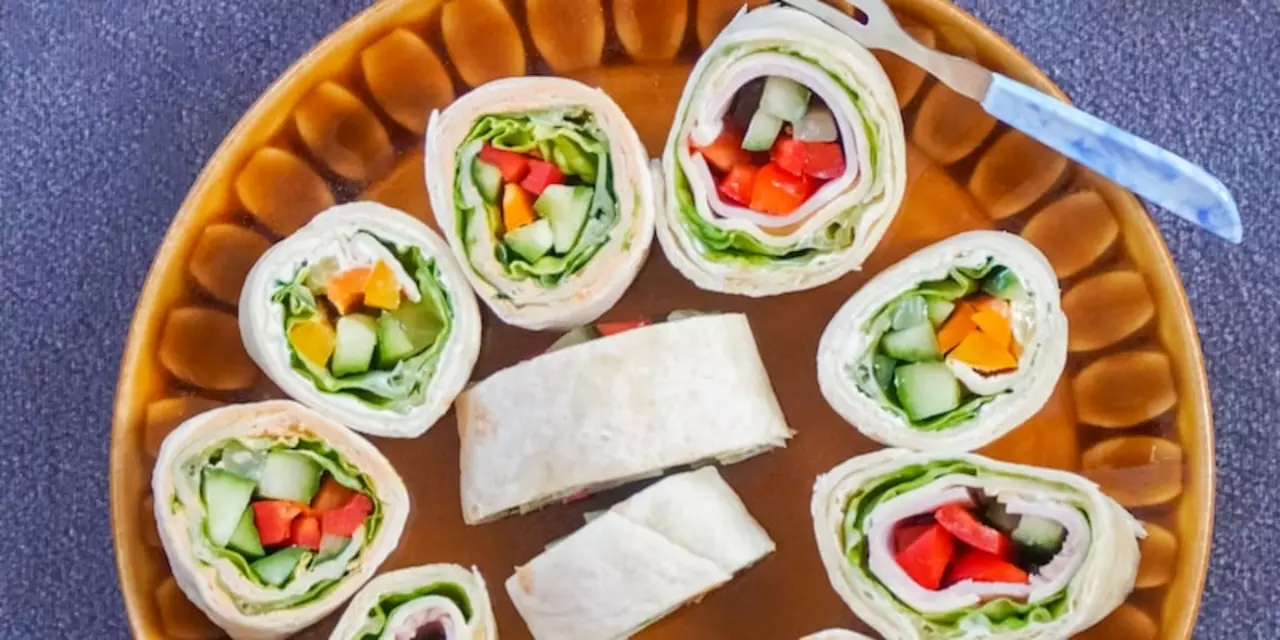Flatbread Basics: Quick Tips, Recipes & More
Flatbread is the ultimate kitchen shortcut. It’s fast, versatile, and needs just a few pantry staples. Whether you crave a snack, a base for toppings, or a side for soup, flatbread can fill the gap.
Essential Ingredients You Need
The core of any flatbread is flour, water, and a pinch of salt. For fluffier results, add a little oil or butter. If you want a little rise, a teaspoon of yeast or baking powder does the trick. All you really need is a mix‑and‑match approach – experiment with whole‑wheat flour, chickpea flour, or even cornmeal for different textures.
Simple Steps to Make Flatbread at Home
1. Mix the dough. Combine flour, salt, and any leavening agent in a bowl. Slowly pour water while stirring until a shaggy ball forms.
2. Knead briefly. Turn the dough onto a lightly floured surface and knead for about a minute. You’re looking for a smooth, slightly tacky feel.
3. Rest. Let the dough sit covered for 10‑15 minutes. This relaxes gluten and makes rolling easier.
4. Shape. Divide the dough into equal pieces (about the size of a golf ball). Roll each piece into a thin circle – 6‑8 mm is a good target.
5. Cook. Heat a dry skillet over medium‑high heat. Place a round in the pan and watch for bubbles forming on the surface (about 30‑45 seconds). Flip and cook the other side for another 30 seconds. You want light browning, not a burnt crust.
6. Serve. Brush with a little melted butter or olive oil while still hot, sprinkle herbs if you like, and enjoy immediately.
That’s it – a basic flatbread ready in under half an hour. The beauty is you can adapt the method to suit any flavor profile.
For a quick snack, try topping a warm flatbread with hummus, sliced cucumber, and a drizzle of lemon juice. Want a pizza feel? Spread tomato sauce, sprinkle cheese, add pepperoni, and pop under a broiler for a minute. Even a simple avocado mash works great – just mash a ripe avocado, sprinkle salt, and spread on the flatbread.
If you’re short on time, you can skip the kneading step entirely. Mix flour, water, and salt to a batter‑like consistency, pour a thin layer into a hot non‑stick pan, and cook like a crepe. This “no‑knead” version is perfect for busy mornings.
Storing flatbread is straightforward. Let it cool completely, then wrap in foil or a clean kitchen towel and store in a sealed bag. It stays fresh for up to three days at room temperature. For longer storage, freeze the portions; they’ll toast up nicely straight from the freezer.
Remember, flatbread is forgiving. If the dough feels too dry, add a splash of water. If it’s sticky, dust with a bit more flour. Keep it simple, taste as you go, and soon you’ll have a go‑to side that fits any meal.

What is the difference between a paratha and a tortilla?
- Date: 14 Feb 2023
- Categories:
- Author: Aarav Khatri
Parathas and tortillas are both flatbreads that have different origins and ingredients. Parathas are unleavened and usually made with whole wheat flour, while tortillas are made with corn or flour. Parathas are usually cooked on a tava, while tortillas are cooked on a comal. Parathas are usually served with various accompaniments such as potatoes, yogurt, chutney, and pickles, while tortillas are usually served with a variety of fillings such as cheese, beans, or meat. Furthermore, parathas are usually thicker than tortillas, making them a popular breakfast option.




